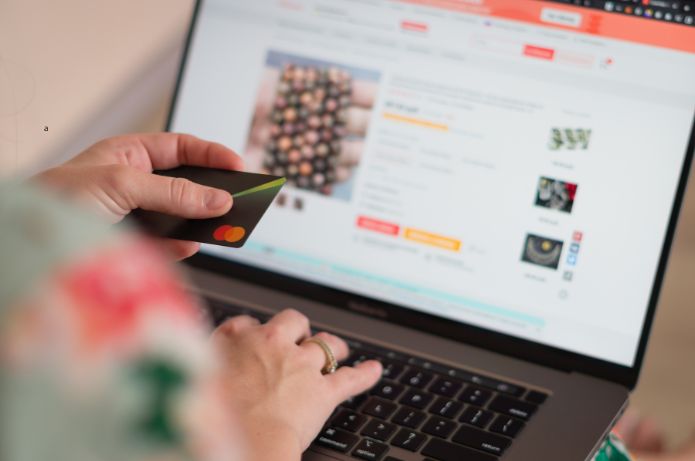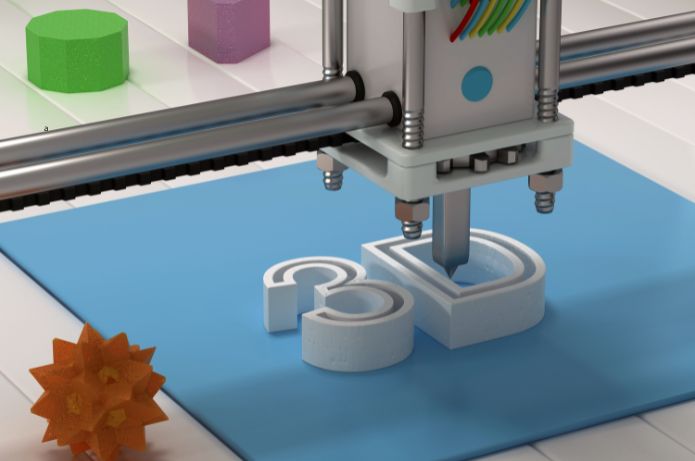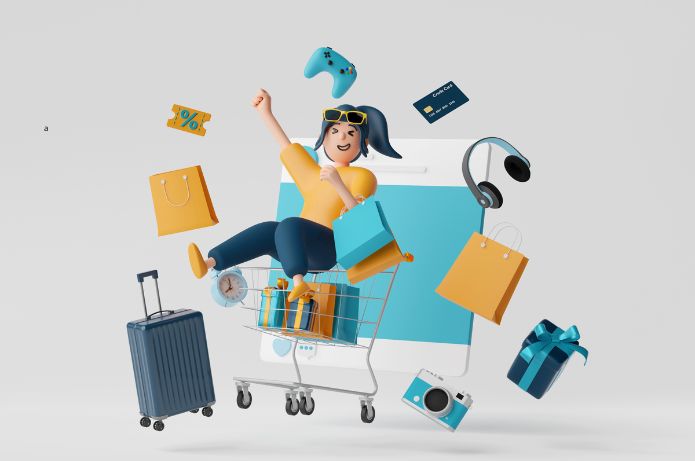В сьогоднішню цифрову епоху, speed is everything, especially when it comes to e-commerce. With the growing consumer expectation for fast and frictionless online experiences, loading times of websites have become a critical factor for the success of any online business. In this article, we will explore strategies and techniques to optimize your e-commerce site for speed and ultra-fast loading times, providing your customers with an exceptional experience and boosting your sales
The Impact of Website Speed on E-commerce
Before we dive into the optimization strategies, let's understand why website speed is so crucial in e-commerce
1. Conversion Rates: Slow sites can lead to an increase in bounce rates and a decrease in conversion rates. Every second of delay in loading can result in a significant loss of potential sales
2. User Experience: Slow loading times can frustrate users and lead them to abandon your site in favor of faster competitors
3. Search Engine Rankings: Site speed is an important ranking factor for search engines like Google. Faster sites tend to rank higher in search results, attracting more organic traffic
4. Competitive Advantage: In a crowded online market, an exceptionally fast website can set you apart from the competition and leave a lasting impression on customers
Speed Optimization Strategies for E-commerce
1. Image Optimization
Images are essential to showcase your products, but they can also be a major obstacle to the speed of the site. Optimize your images by reducing their file size without sacrificing quality. Use efficient image formats, like JPEG for photos and PNG for graphics with transparency
2. Code Minimization
HTML codes, Unnecessary CSS and JavaScript can slow down your website. Minimize your code by removing whitespace, comments and unnecessary characters. Use minification tools to automate this process
3. Browser Cache
The browser cache allows the static assets of your site to be stored locally on the user's device, reducing the time needed to load pages on subsequent visits. Implement appropriate cache headers and specify expiration dates for your resources
4. Content Delivery Network (CDN)
A CDN is a network of distributed servers that delivers its content from locations closer to the users. When using a CDN, you can significantly reduce loading times, especially for users in geographically distant locations
5. Lazy Loading
Lazy loading is a technique that loads only the content visible on the screen, delaying the loading of elements below the fold until the user scrolls down. This can significantly speed up the initial page load, especially for long pages with many images
6. Gzip compression
Gzip compression reduces the size of files transferred between the server and the browser, speeding up loading times. Enable Gzip compression on your web server for all text resources, like HTML, CSS and JavaScript
7. Minimization of Plug-ins and External Scripts
Each plug-in and external script added to your site can increase loading times. Minimize the use of unnecessary plug-ins and opt for lightweight and efficient solutions. For essential scripts, consider hosting them locally instead of relying on external sources
8. Database Optimization
A bloated and unoptimized database can significantly slow down your e-commerce site. Regularly, optimize your database by removing obsolete data, indexing tables properly and minimizing complex queries
Tools and Resources for Speed Optimization
There are several tools and resources available to help you assess and optimize your website's speed
1. Google PageSpeed Insights: Analyzes the speed of your website and provides specific recommendations for improvements
2. GTmetrix: Provides a detailed analysis of your website's performance, including loading times, page size and requests
3. Pingdom: Monitors the availability and performance of your website from various locations around the world
4. WebPageTest: Provides in-depth performance testing and allows you to compare your site with competitors
In the competitive landscape of e-commerce, the speed of the site is no longer a luxury, but one more need. By prioritizing speed optimization and delivering ultra-fast loading times, you can improve the user experience, increase conversion rates and gain a significant advantage over your competitors. Remember, every millisecond counts when it comes to keeping customers engaged and driving sales. When implementing the strategies and tools discussed in this article, you will be on the right path to the success of your e-commerce











